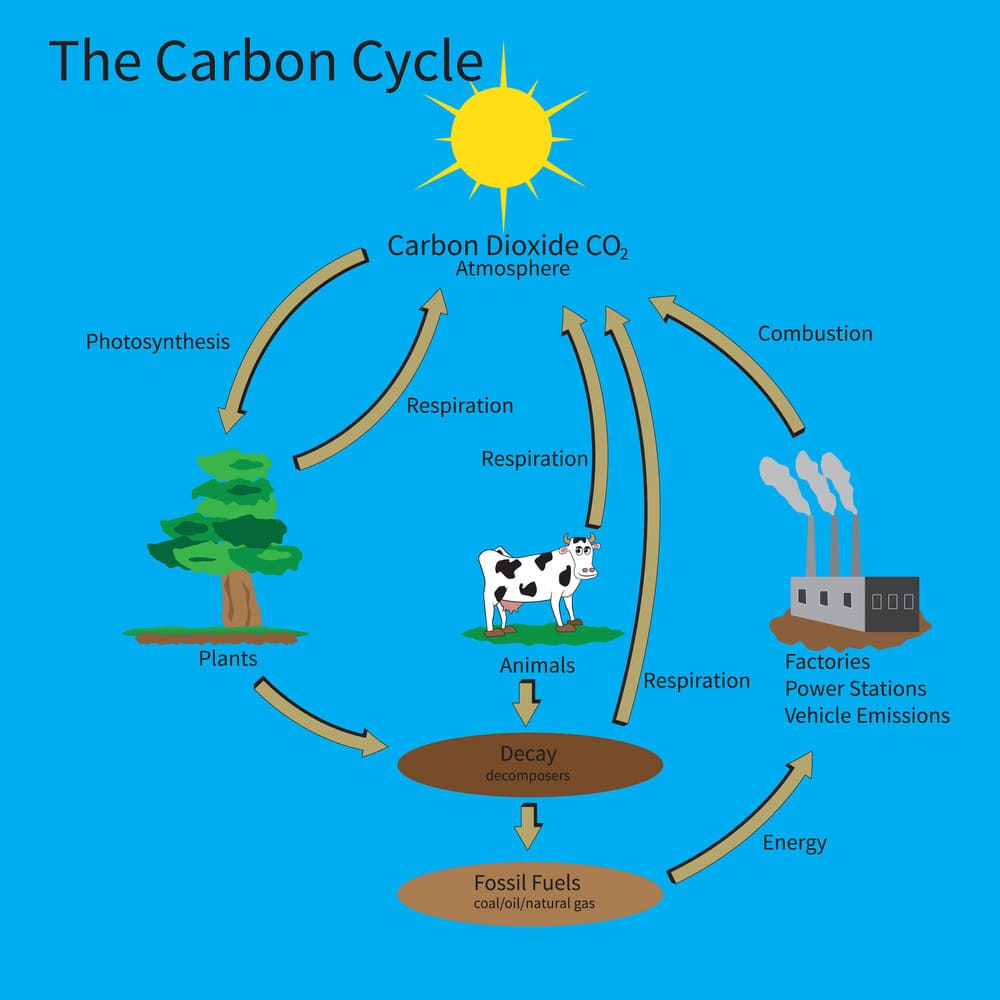Image: 

Summary: This week we learned about the peridoc table and what an atomic number is, what an atomic symbol is, what an atomic mass is, and how to find the amount of neutrons in an element. An atomic number is what signifies how many protons and electrons an element has. An atomic symbol symbolizes an element like O is oxygen and an atomic mass is how many ions are in an element. Then you need to find how many neutrons are in an element. You first find the amount of protons and electrons in the element by looking at the atomic number assuming the element is neutral. Then you find the atomic mass and substract the number of protons from the atomic mass.
SP5: Using mathematics and computational thinking
Mathematical and computational approaches enable prediction of the behavior of physical systems along with the testing of such predictions.
Did you perform any math calculations?
Answer: Yes I preformed math calculations by subtracting the atomic number by the atomic mass. for example if I wanted to find how many neutrons were in oxygen then I would find the atomic number and mass. The atomic number is 8 and the mass is 15.999 but I'm going to make it 15 so it's easier. If I subtract 8 from 15 then I should get the number of neutrons which is 7.



